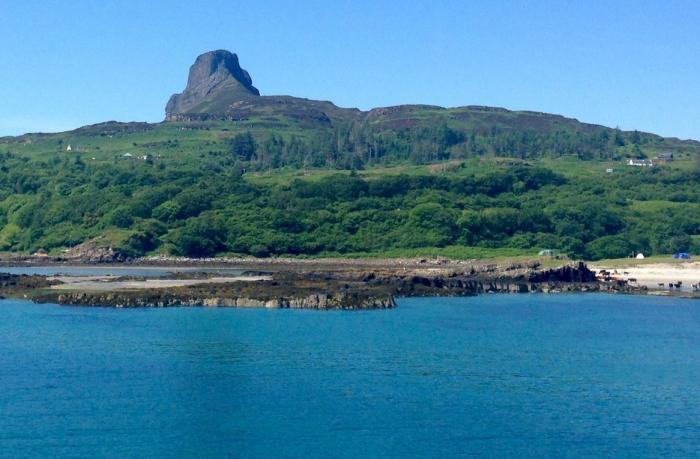
The Isle of Eigg launched an off-grid electric system powered by wind, water and solar in 2008 with direct investment from islanders, making Eigg the world’s first community to develop such a project. The National Lottery and the Highlands and Islands Community Energy Company partially funded The Heritage Trust to form a company, Eigg Electric Ltd. (partly citizen-owned), which would operate the new 1.6 million £ network. Eigg Electric generates a limited amount of energy, and so Eigg residents agreed from the outset to cap electricity use at 5 kW at any one time for households, and 10 kW for businesses. If renewable resources are low, for example when there is less rain or wind, a „traffic light“ system asks residents to keep their usage to a minimum. The traffic light reduces demand by up to 20% and ensures there‘s always enough energy for everyone. Today, this 30 sq km island continues to be an example, not only in how to deliver electricity from renewable energy, but more importantly - how societies could meet their energy needs and become self-sufficient.
Island specifics
AREA: 31 km2
NO. OF CONSUMERS: 105 regular inhabitants (25,000 tourists per year)
GRID: not connected to the mainland
PROJECT: Isle of Eigg electrification project
TOTAL INVESTMENT: 1,567,000 £ (approx. 1,760,000 EUR)
FUNDS: Isle of Eigg Heritage Trust (50% citizen-owned, 140,000 £), Isle of Eigg residents’ connection fees (51,000 £, paid by citizens), The Big Lottery fund (250,000 £), Highland and Islands Enterprise (250,000 £), European Regional Development Fund (764,000 £), Highland Council (10,000 £), Energy Saving Trust (102,000 £). Triodos bank assisted in the financial arrangements, providing bridging loans.
Project specifics
- 119 kW of hydro power capacity using three turbines of 100 kW, 10 kW and 9 kW at three sites
- 24 kW of wind power capacity (4×6 kW)
- About 54 kW of solar PV capacity
- 160 kW of diesel generator capacity as back-up (2×80 kW)
- The total system installed capacity is about 357 kW